Cubic tailors mortar simulator for the US Army
The company’s mortar trainer received improvements based on soldier’s feedback.
The Royal Australian Air Force (RAAF) and the Australian Army have conducted a firepower and combat team quick attack demonstration as part of Exercise Jericho Dawn, the Australian Department of Defence announced on 21 March.
Two combined air and land capability scenarios were carried out during the live fire exercise at Puckapunyal Military Area in Victoria. First, existing air-land operations technologies and processes were demonstrated, followed by the trial of new ways to improve air-land integration, including the way that aircraft and vehicles connect and translate information through different communication networks.
Lessons learned from the demonstration will help shape future capability decisions and training activities.
Assets involved included the RAAF’s C-17A, AP-3C, KC-30A, E-7A Wedgetail and FA-18 Hornet aircraft, as well as the army’s air-land enablers from the 16th Air Land Regiment, Tiger armed reconnaissance helicopters from 1st Aviation Regiment, and vehicles and equipment from the Combined Arms Training Centre.
Maj Gen Gus McLachlan, the Australian Army’s head of modernisation and strategic planning, said that greater air-land integration is an important step towards the army and the ADF working in a joint, combined and interoperable environment.
He said: ‘Our army is focussed on two key areas to ensure improved air-land integration. The first is to deliver better communication systems to ensure an agile, efficient and timely response to an intelligent, well-armed and motivated adversary.
‘The second is to advance how we plan and conduct air-land operations to deliver the right effect, at the right place, at the right time. The demonstration highlights how we can better harness the strengths of our team by digitally connecting air and land platforms.’
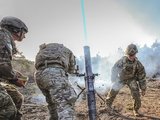
The company’s mortar trainer received improvements based on soldier’s feedback.
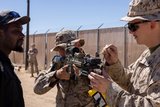
The company will operate in two new locations in the coming years to better support US services.

This type of tool provides more realistic training easing the incorporation of new scenarios that accurately represent the threats of the battlefield.
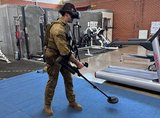
The Engineering Corps has been conducting individual instruction using FLAIM Systems’ Sweeper and should start collective deployments in 2025.
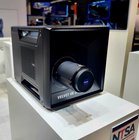
The next-generation platform is motion-compatible and can be used in OTW and NVG applications.
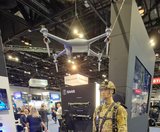
The system can be used to prepare soldiers for both drone offensive operations and CUAS missions.